
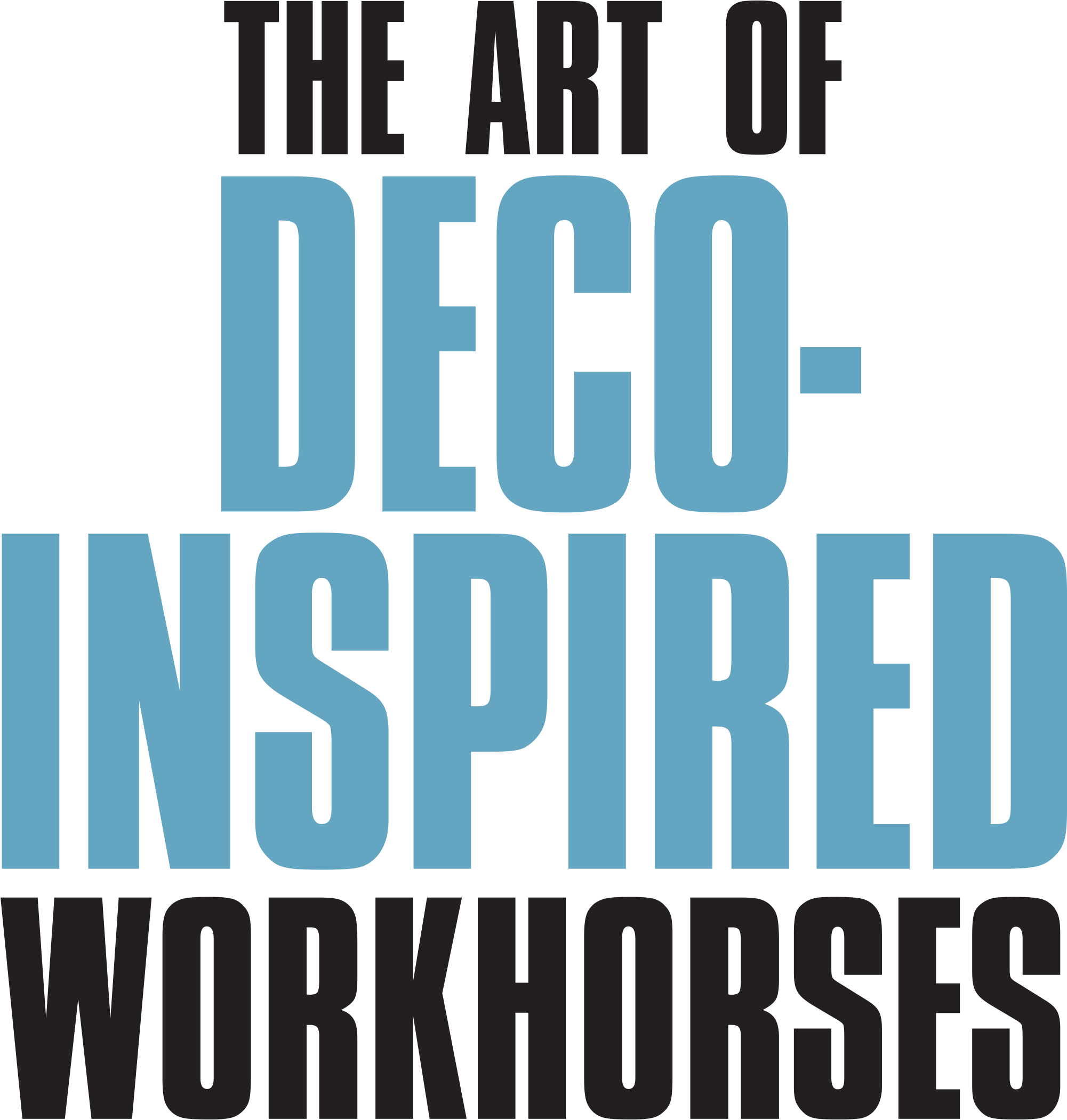
Photography by Grant Cox
f there’s one thing I love when it comes to mid-century and earlier domestic trucks, it’s the Art Deco era and the beautiful design aspects integrated into both light-duty passenger models and the heavy-duty commercial haulers. Whether it’s a COE or CC-Series, General Motors got it right with their full line of trucks in the ’30s clear on through the ’40s—especially the GMCs, which can’t always be said in some years to follow (sorry Jimmy folk!).


Photography by Grant Cox
f there’s one thing I love when it comes to mid-century and earlier domestic trucks, it’s the Art Deco era and the beautiful design aspects integrated into both light-duty passenger models and the heavy-duty commercial haulers. Whether it’s a COE or CC-Series, General Motors got it right with their full line of trucks in the ’30s clear on through the ’40s—especially the GMCs, which can’t always be said in some years to follow (sorry Jimmy folk!).

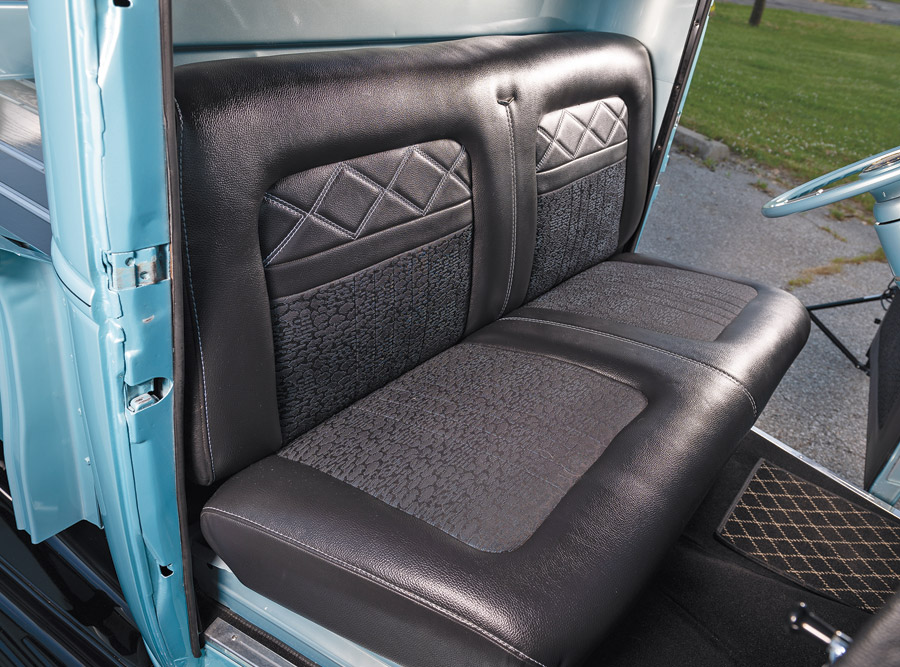
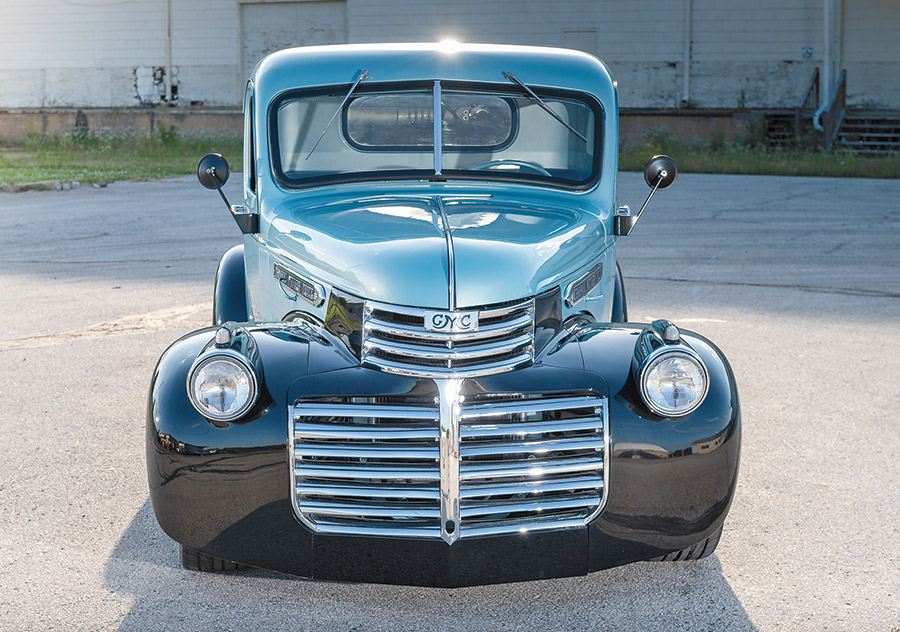

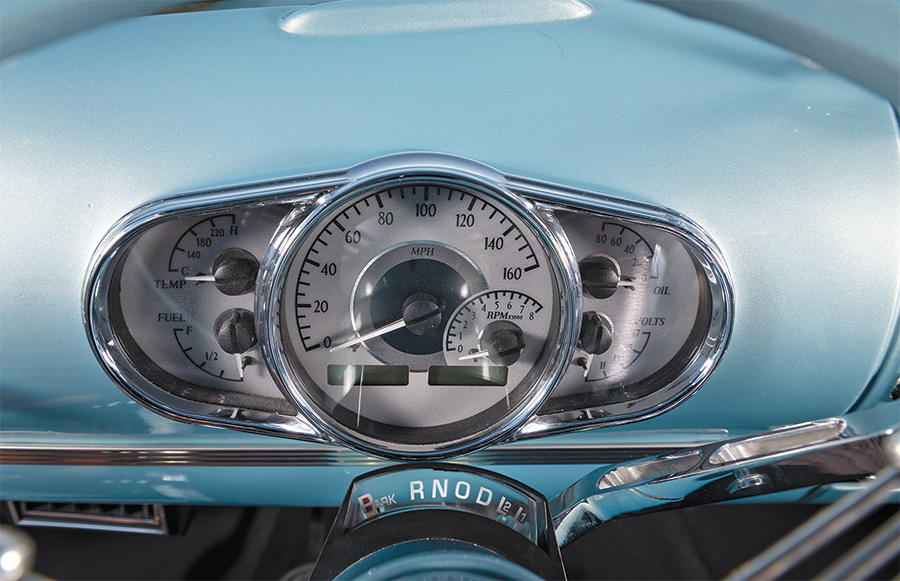
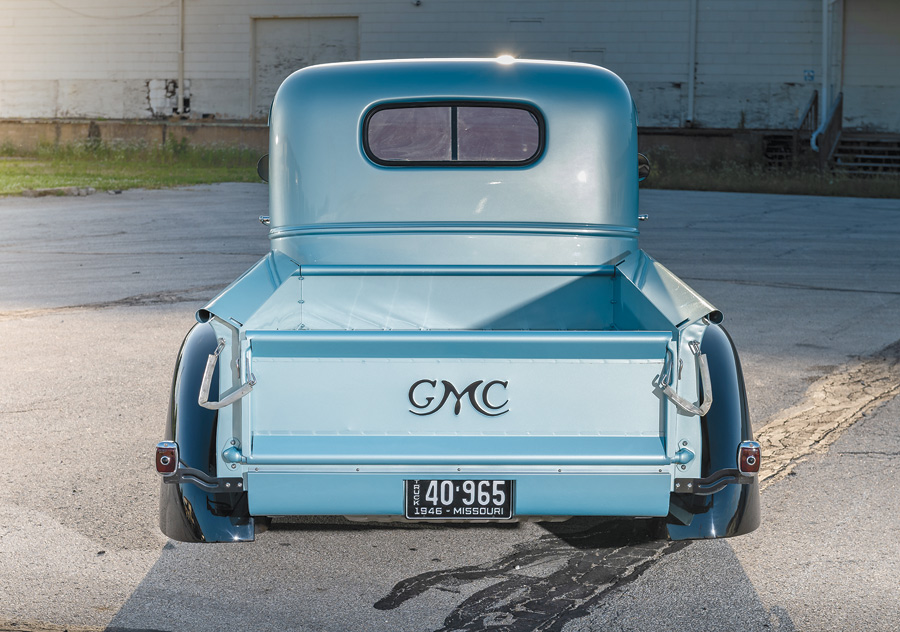

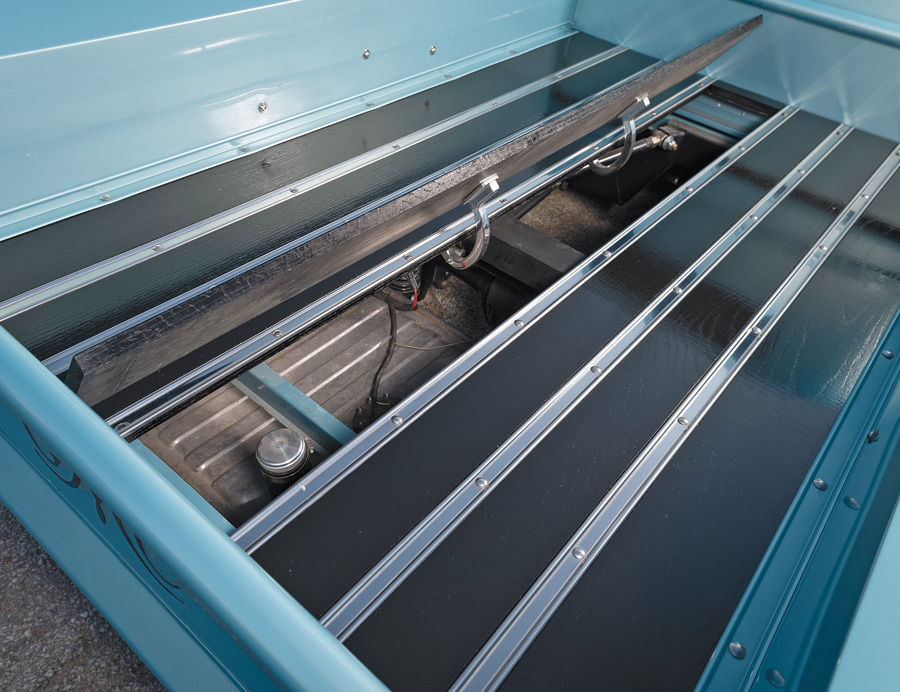
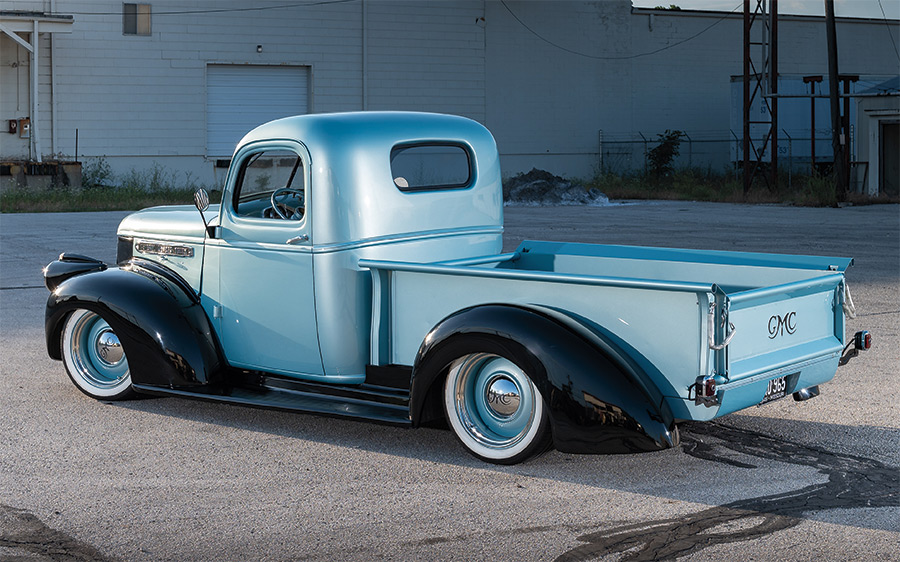
Though to date this is Jason’s first and only project of its kind (a mere five years in the making), it’s the perfect way to honor his grandfather’s past.